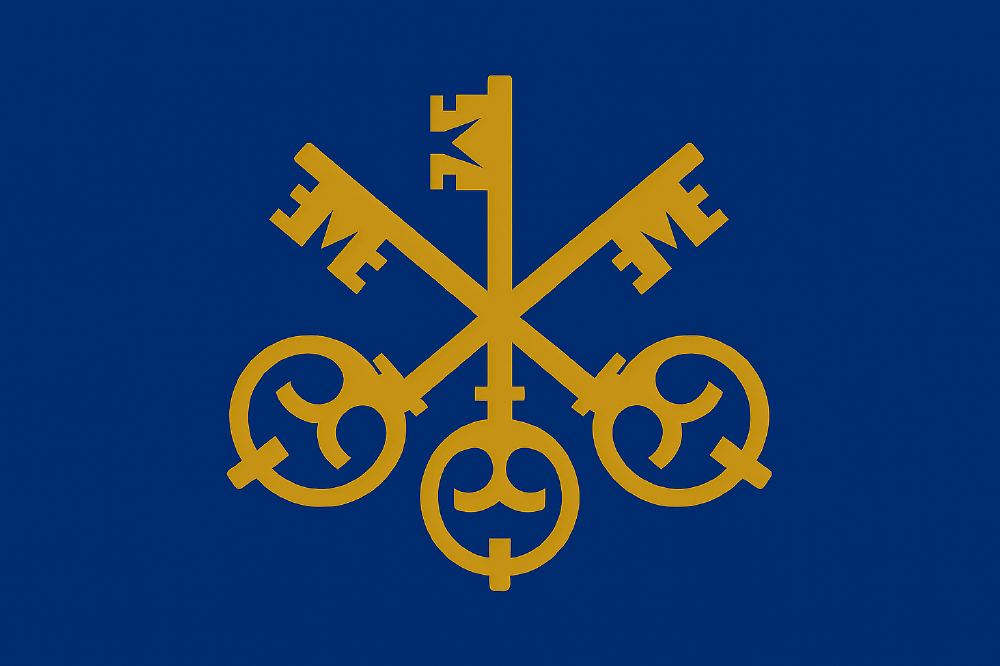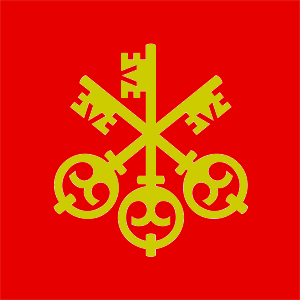Nestled in the northeastern corner of the United States, Vermont transforms into a quiet, glistening world during its coldest months. The mountains wear thick blankets of snow, softening their rugged edges and turning the landscape into a serene expanse of whites and grays. Bare trees line winding roads, their branches etched against a pale sky like delicate ink drawings. Small towns, with their steepled churches and warmly lit windows, seem to slow down, exhaling into the hush that settles over the valleys and hills.
The air is crisp and clean, carrying the scent of pine and woodsmoke. Locals pull out thick coats and wool hats, bundling up as they head out for a walk or to stack firewood by their porches. Ice crystals cling to the edges of old fences, and frozen lakes mirror the sky in shades of steel blue. Skiers carve bright lines down powdery slopes, while others find joy in snowshoe trails, quiet hikes, or just watching the snow fall in lazy spirals outside their windows.
This is a time of hot drinks sipped slowly, of board games by the fire, and quiet nights filled with stars sharper and clearer than in any other season. There’s a deep stillness here, a sense that the land is resting, waiting. Yet, even in the cold, there’s warmth—in the glow of cabin lights, in shared meals, in laughter that rises like breath into the frosty air. Vermont in this season doesn’t shout. It whispers. And if you listen closely, you’ll hear something timeless in its silence.



















